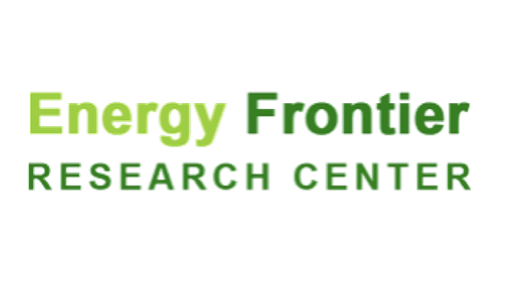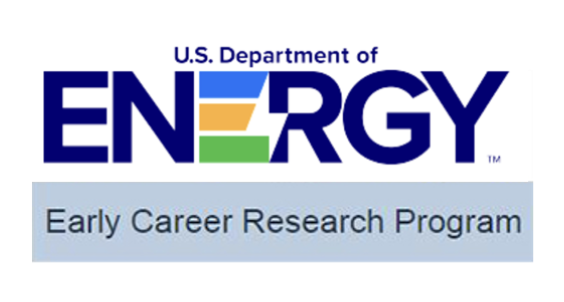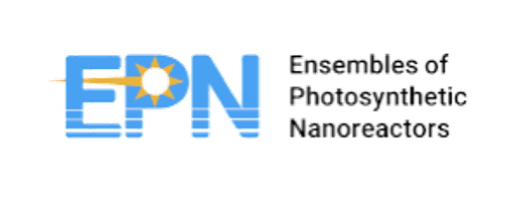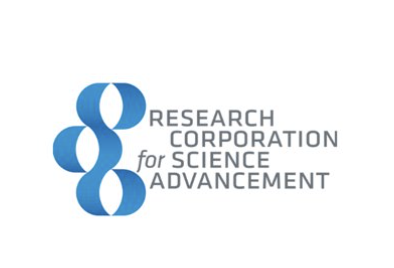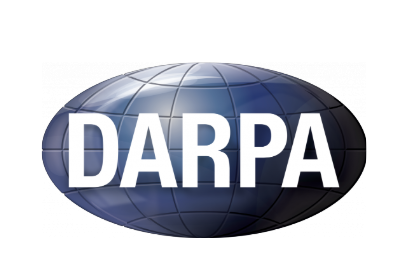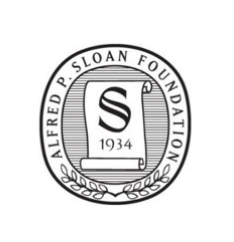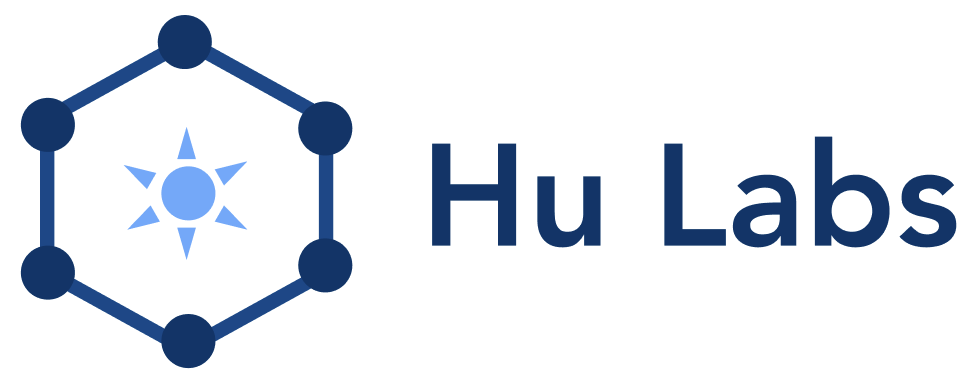
About Hu Lab
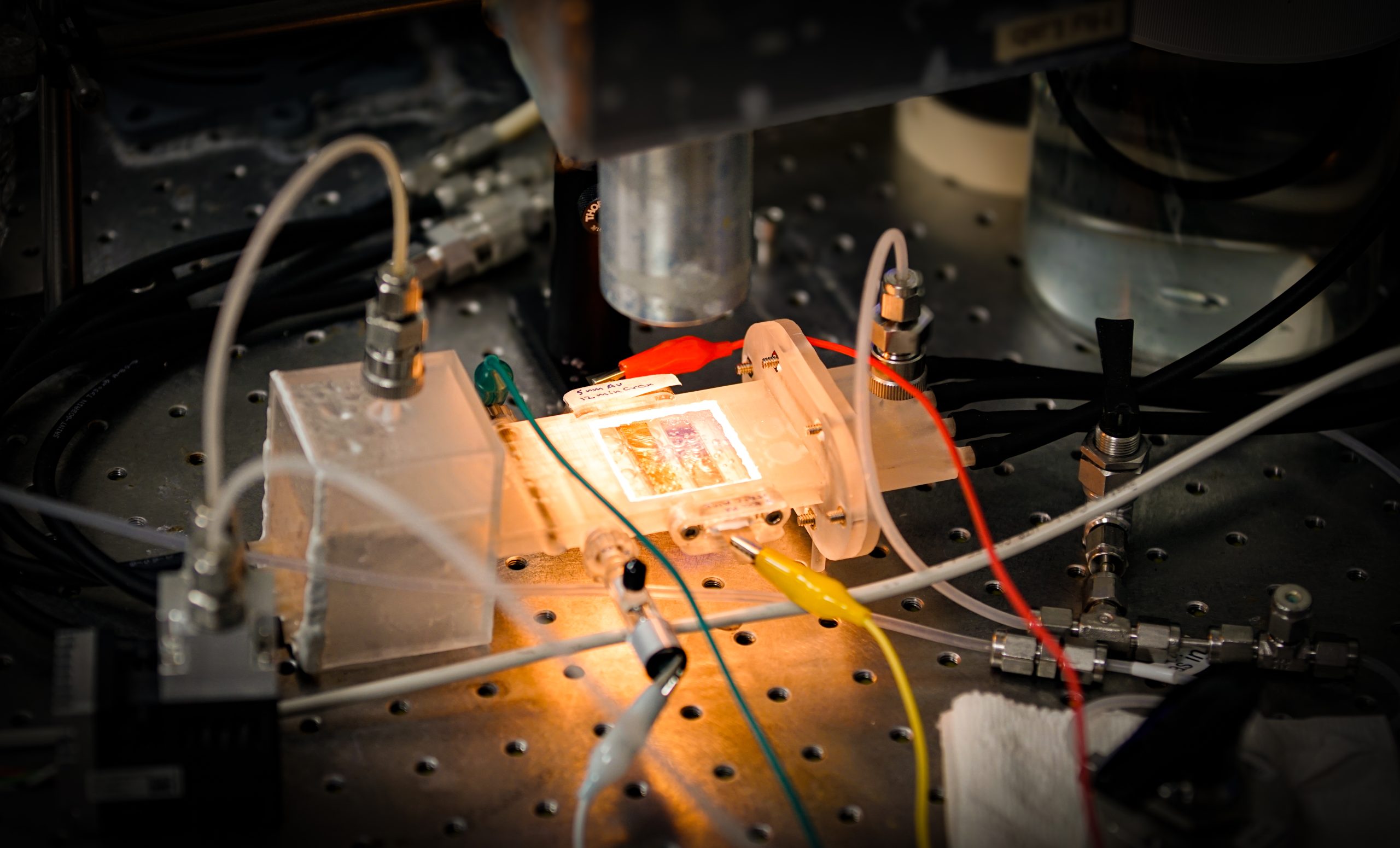
Introduction to Our Research
For that, we need to understand the non-equilibrium light-driven chemical catalysis or materials synthesis processes, involving charge separation, charge transfer, and chemical transport at a PEC interface.
For such molecular-semiconductor hybrid systems, the timescale of light-induced charge separation is much faster than redox catalysis. Besides, ab initio calculations for semiconductor/liquid interfaces are far too complicated. We aspire to answer fundamental questions, which studying molecular systems alone cannot fully address.
We employ catalysis, transport science, and continuum modeling, integrated under the multi-scale/digital-twin framework, to elucidate and design photocatalysts that operate efficiently in a practical reactor environment.
Our Research Direction
We investigates non-equilibrium, light-driven catalysis that couples with chemical transport in practical reactors.
Hu Lab Research Publications
Explore our latest scientific publications showcasing groundbreaking research and innovative discoveries
Hu Lab Team
Meet our dedicated team of researchers, scientists, and innovators driving excellence and pushing the boundaries of knowledge.
Hu Lab New & Event
Stay updated with the latest news, breakthroughs, and upcoming events from our research community.
Our Achievement
Our Research Direction
Photoelectrochemistry
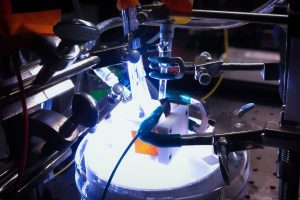
Photoelectrochemical Interface: A Novel platform for light/chemical transduction
Photocatalytic Surface
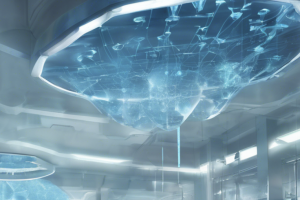
Photocatalytic Surface Chemistry: Adsorption coupled with photo-induced charge transfer
Molecular Flux Catalysis
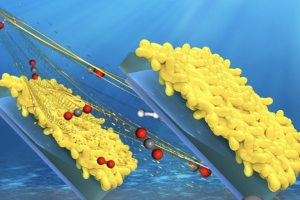
Molecular Flux Catalysis: Non-equilibrium CO2 photocatalysis in flowing seawater
Coating + X
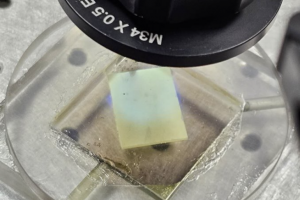
Coating+X: Novel composition, multi-functionality, and scale-up manufacturing
PEC Device Scale-Up
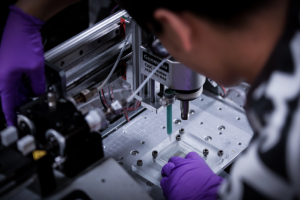
PEC Device Scale-Up: Design and manufacturing for scalable PEC Systems
AI Hardware

Energy-Efficient Analogue Computing: Photoelectrochemical Neural Network
Hu Lab Funding

